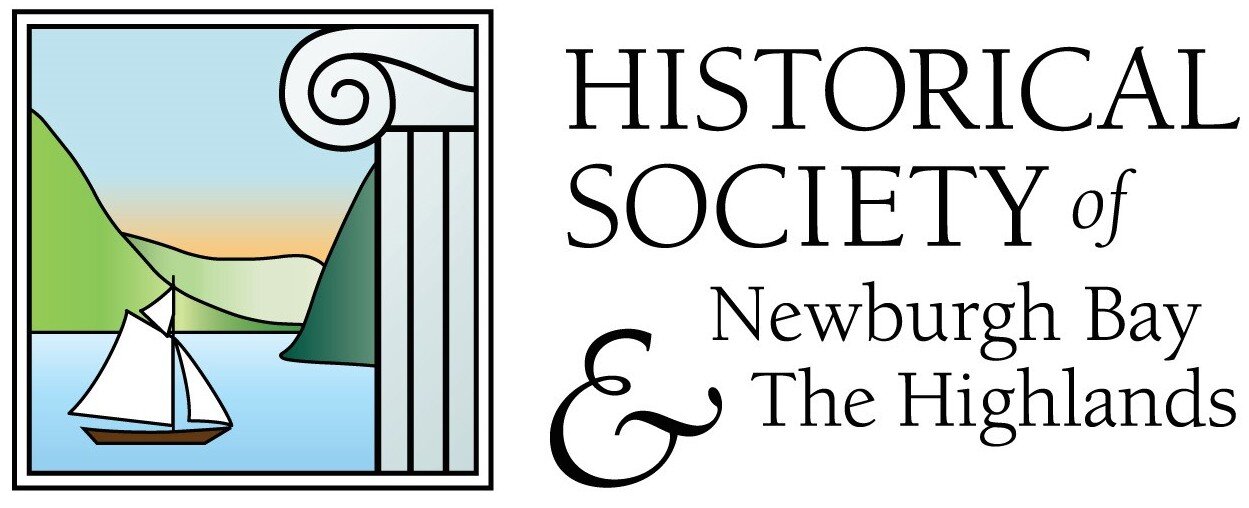Back to Our Colonial Roots
The Nicoll farmstead in New Windsor, built in 1730’s
In our Mid-Hudson region, we are fortunate that some touchstones of actual 18th century life are still extant. Washington’s Headquarters in downtown Newburgh is one. Knox’s Headquarters and Edmonston House in Vails Gate are two more. The cast blue and gold state historic markers along our roads hint that we had many more sites that told our story as a colonial territory.
One unmarked place is going to be showcased briefly on Labor Day weekend this year. Down along the Moodna Creek in New Windsor is the old Nicoll Farm. Its development began in the 17th century when some of the first refugees to make it to the Hudson Valley settled on the land where the creek meets the Hudson River. That first family was named MacGregorie and, like so many of our ancestors in this valley, they came to flee religious persecution and deprivation in their homeland in Europe. Patrick MacGregorie and his family were Scot and the settlement he established in 1685 at the mouth of the Moodna lives on as Kowawese Unique Area and as the Nicoll Farm. After his death, the little homestead the MacGregorie family built was described in an early chronicle of the area as “a small hut of a very poor man.” That hut and the surrounding farmland were purchased in 1734 by another Scottish immigrant, John Nicoll, who developed a prosperous farm at the old trading post settlement. Nicoll was trained as a physician back in Scotland and he and his sons oversaw the development and sub-division of over 150 acres where the Moodna flows to the Hudson. John served in the colonial New York Legislature then sided with the patriot cause and helped to form the New Windsor Committee of Safety.
Over the years before the American Revolution, the small hut was replaced by a comfortable farmhouse and Dr. Nicoll and then his son, John D. Nicoll, cultivated fields of crops that stretched out to the river. John D. became president of the county agricultural society and even presided over their cattle shows and fairs. The family worked the land with employees and with slaves in those colonial days. New Windsor has not only documented one slave family who worked for the Nicolls but has named a road after them: Caesar’s Lane. Caesar Mitchell lived in New Windsor enslaved and then free. He farmed for the Nicolls and then for himself and was known as an excellent carpenter too.
The old farm survived the American Revolution, remaining in the family who had two third-generation sons fighting in the militia and another helping to build a defense battery on the point of land the family owned along the river – now part of Kowawese Park. There, he and Colonel Thomas Machin’s company constructed a firing battery and also designed the chevaux-de-frise, the massive obstruction laid across the Hudson designed to stop the British fleet from sailing north past the Highlands. The British did get through and they did fire cannon at the Nicoll farm and other places but missed damaging the Nicoll family’s home or barns. Isaac Nicoll, the young engineer who helped build the Plum Point gun battery became Orange County’s Sheriff after the Revolution.
Over the centuries, the farm has been owned by others including Alfred P. Sloan, President of General Motors. Current New Windsor residents may remember later 20th century owners like Ralph Shorter and Ron Washburn. The current owners have restored the 18th century house and maintain later barns and outbuildings as well as lovely kitchen gardens.
Once, the small hut of a poor man, the old Nicoll Farm property has lasted through the centuries and has many tales to tell.

